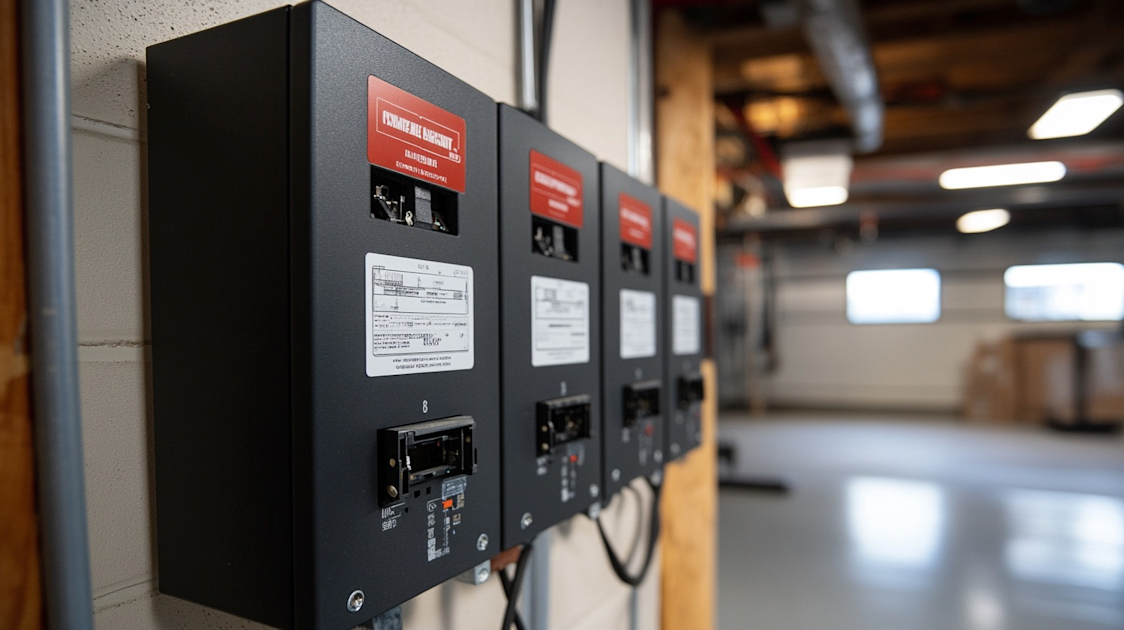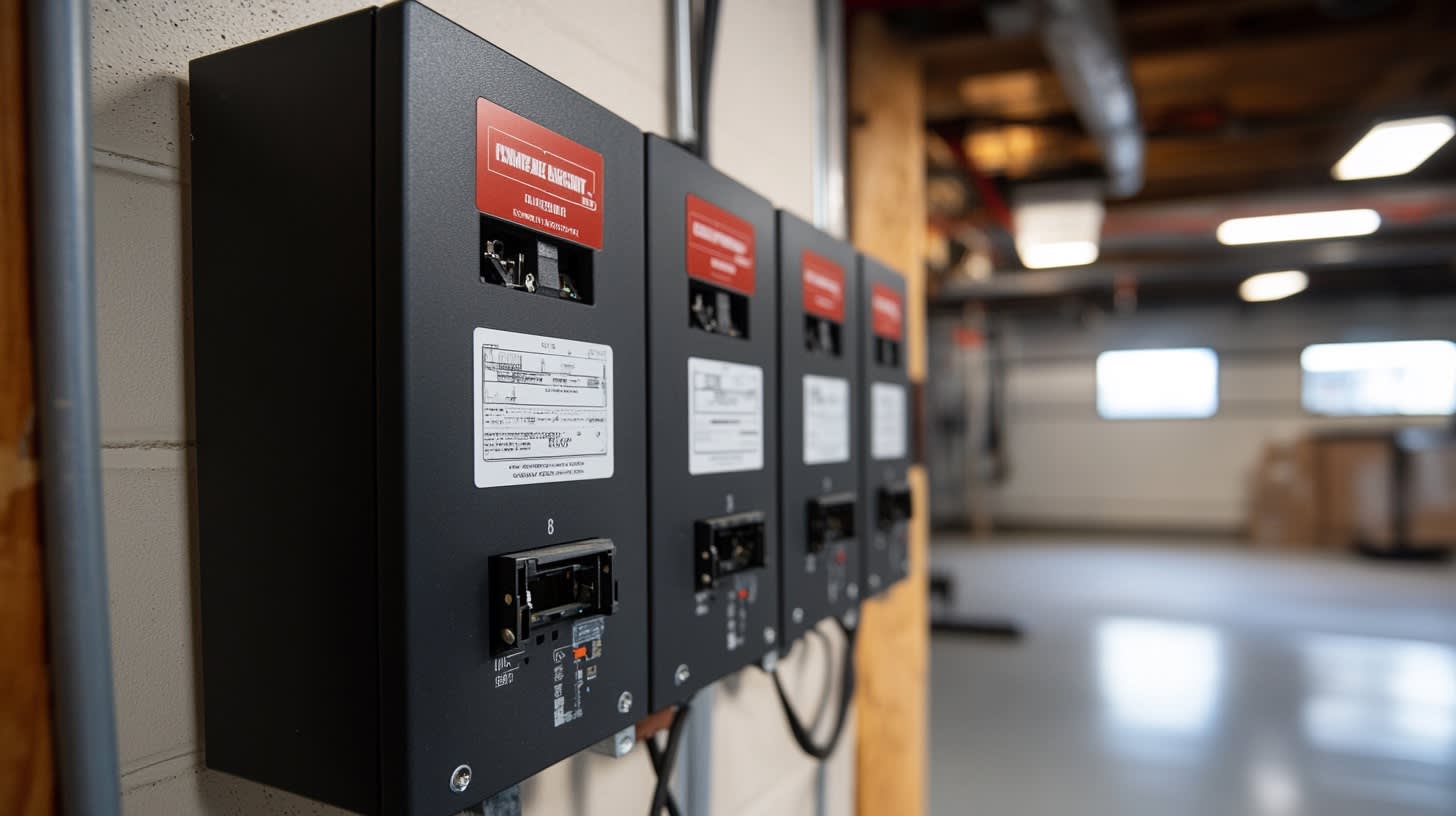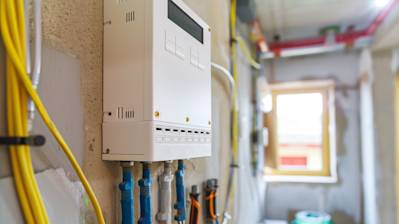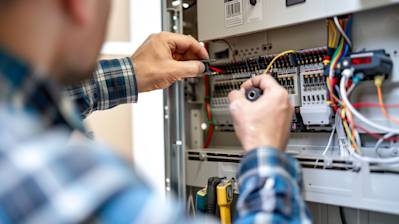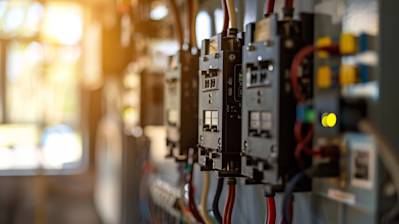In this comprehensive guide, we delve deep into the subject of circuit breaker labels. These essential components of our everyday lives help maintain the safety and performance of an electrical system. Despite their importance, circuit breaker labels are often overlooked.
Importance of Circuit Breaker Labels
Circuit breaker labels serve multiple vital roles. One of the main advantages is they assist homeowners and electricians in identifying different circuits quickly and efficiently. When you face an electrical issue or need to perform routine maintenance, comprehending the circuit breaker labels can ensure safety, save time, and prevent costly errors.
The prime roles of circuit breaker labels include:
- Indicating the power allocation of individual circuits
- Identifying the areas powered by each circuit
- Marking for safety reasons (i.e., denoting which switches must not be flipped)
- Simplifying the troubleshooting process
Understanding Circuit Breaker Labels
To comprehend circuit breaker labels, you need to have a basic understanding of electrical terms.
Amperage (Amp) is a common term you'll encounter. It refers to the capacity of electricity a circuit can handle. An overamp situation can trip the circuit breaker, which results in the circuit's temporary shutdown, to prevent fires or damage to electrical components.
Another key term is Voltage (V), which is the pressure from an electrical circuit’s power source that pushes charged electrons through a conducting loop.
How to Label a Circuit Breaker
Creating a circuit breaker label is quite straightforward and can be done by anyone with a basic knowledge of the home's electrical layout.
Equipment You'll Need
- A circuit breaker
- An assistant
- A notch pad
- A pen
- Stickers or labels
- A black marker
Step by Step Guide
Follow these steps to label your circuit breaker:
- Turn off all electronic devices to prevent any damage when circuits are shut off.
- Start by turning off one circuit breaker."
- Request an assistant to roam around the house and record which parts have no power.
- Once confirmed, label the circuit breaker accordingly.
- Repeat the process for each circuit breaker.
Types of Circuit Breaker Labels
There are different types of circuit breaker labels. They are classified based on the type of information they offer. The most common types include:
- Room-based labels: They indicate which rooms are powered by a particular circuit.
- Appliance-based labels: They specify the appliances or systems powered by the circuit.
- Power-based labels: They denote the capacity of the circuit.
Frequently Asked Questions about Circuit Breaker Labels
Why are circuit breaker labels important?
Circuit breaker labels are important because they enable you to conveniently identify the specific circuits being controlled by each switch. This reduces the time taken to troubleshoot electrical issues and enhances your overall safety. If an issue arises, you can quickly and safely turn off the power to the problematic area, reducing the risk of electrical shocks.
Are there specific requirements for circuit breaker labels?
There aren't any hard and fast rules when it comes to circuit breaker labeling. What's essential is that the labels should clearly indicate what each circuit breaker controls. Avoid jargon or codes that only a few people can understand. The labels should be simple enough for anyone to read and comprehend easily.
Can I create my own circuit breaker labels?
Yes, you can create your own circuit breaker labels. Many people use a handwritten approach, but if you prefer a more professional look, you can use a label maker. There's also the option of using printable circuit breaker labels, or even specially designed circuit breaker label kits.
How often should circuit breaker labels be updated?
Ideally, circuit breaker labels should be updated whenever there are significant changes in your electrical system. This could be after renovating your home or commercial building, adding new appliances, or reconfiguring rooms. Keeping the labels up to date helps ensure that they remain accurate and useful.
Are there different types of circuit breaker labels?
Yes, there are different types of circuit breaker labels. The most common types are handwritten labels, printed labels, and engraved or etched labels. Additionally, some manufacturers provide specially designed adhesive circuit breaker labels that are easy to apply and remove.
Do circuit breaker labels need to be waterproof?
While it’s not a requirement for circuit breaker labels to be waterproof, it can be beneficial especially in damp environments. Waterproof labels can withstand a higher level of humidity and moisture without fading or smudging. Remember, the main aim is to ensure the labels are durable and remain legible no matter the conditions.
How can you remove circuit breaker labels?
Removal of circuit breaker labels depends on what type of label was used. If adhesive labels were used, they can usually be peeled off. For other types of labels, a small amount of alcohol or commercial adhesive remover can be used. Always ensure to replace any removed labels to maintain a updated and useful labeling system.
Can I use any color for circuit breaker labels?
In terms of color, circuit breaker labels can be any hue that you prefer. However, it is advisable to choose a color that contrasts well with the background. This allows the label to stand out and be easily readable. Some people use different colors to categorize different types of circuits, but this is entirely optional, and any system that works for your specific needs is fine.
Pros of Circuit Breaker Labels
Ease of Identification
Convenience
Circuit breaker labels make the process of identifying individual circuit breakers much more manageable. With proper labeling, you can easily find and switch off a specific circuit within a matter of seconds. This can save a significant amount of time, especially during emergencies or when conducting home repairs. You are able to quickly isolate the circuit linked to a particular room or appliance and deal with any potential electrical problem efficiently.
Safety
Safety is of utmost importance when dealing with electrical systems, and the presence of circuit breaker labels can be a critical factor in preventing accidents. By clearly labeling each circuit, it becomes clear which breakers need to be turned off for specific tasks. For instance, you could easily identify which circuit to turn off when replacing an electrical outlet or wiring a light switch. This reduces the risk of electrical shocks and injuries, making it much safer to handle DIY electric repairs at home.
Improved Organization and Clarity
If you have ever opened an electric panel box without labels, you can understand the confusion and guesswork that comes with trying to decipher which circuit controls what. Circuit breaker labels bring about much-needed order, making it easier for homeowners, electricians, or inspectors to understand your home's electrical system at a glance. It removes the guesswork, reduces error, and increases productivity especially in large homes or buildings with complex electrical systems.
Respect for Building Codes
In many regions, local building codes require electrical panels to be properly labeled. This is not only for safety but also for the convenience of service or emergency personnel who might need to work on the home's electrical system. Therefore, having your circuit breaker labels can come in handy when selling your home or during inspections.
Cons of Circuit Breaker Labels
The Issue of Mislabeling
Inaccuracy
While circuit breaker labels can bring plenty of convenience, a wrongly labeled panel can cause confusion, inaccurate troubleshooting, and potentially dangerous situations. Thorough labeling requires you to trace and test every outlet, light, and appliance to the correct circuit. If not done properly, it can lead to misleading and potentially dangerous information.
Over time changes
Perhaps the home underwent renovations or remodeling, and the electrical system was modified. In these situations, the existing circuit breaker labels may no longer accurately reflect the circuit assignments. Homeowners or electricians who follow these outdated labels may end up working on the wrong circuits.
Difficulty in Labeling
Labeling an entire circuit breaker isn't always a walk in the park. It can prove to be a time-consuming task requiring meticulous attention to detail. For beginners, it can be confusing to handle, requiring investment of time to learn and get the labeling right.
Temporary Solutions
Many homeowners or installers rely on temporary solutions, like masking tape or small stickers, for circuit breaker labels. These temporary labels may not last long, wear-out, fade, or peel off over time due to factors like humidity, temperature fluctuations, or just simply the passage of time, making them inefficient in the long run.
Space Constraints
Electric panels vary in size, and in smaller panels, finding enough space to fit detailed labels can be a challenge. Many times, homeowners have to resort to using abbreviations or codes that may not be easily understood by everyone, which can lead to confusion.
Summary
Circuit breaker labels are the unsung heroes of the electrical system. Having a well-labeled panel can save a lot of time as it helps quickly identify which breakers control specific electrical circuits. The little time and effort it takes to create clean, clear, and accurate labels can be a real lifesaver during electrical mishaps or emergencies. So, wading through unmarked or even worse, inaccurately marked circuit breakers should be thing of the past, thanks to these handy labels.
Sure, circuit breaker labels don't seem like a big deal until there's an urgent need to switch off a specific circuit. Not just during emergencies, these labels also make general maintenance, repair, and upgrades a lot easier, ensuring you don't unintentionally cut off power to important appliances or equipment. And, although they're a simple addition, they make a world of difference in making your electrical panel organized and user-friendly.
Ultimately, the biggest advantage of circuit breaker labels is that they provide you with quick, critical information when you need it most. The good news is that modern labels are long-lasting, easy to understand, and even easier to apply. So, remember, when it comes to managing your electrical system, it pays to be “label-wise”. After all, the safety and convenience these labels offer make them a small but powerful tool in your home or office setup.
About Sagan Electric
Sagan Electric, nestled in the heart of Sacramento, CA, is your go-to partner for all things electrical. Rooted firmly in our community since our commencement, we've developed a reputation for delivering top-notch services, ensuring every job gets done right, safely, and efficiently. We feature a team of certified professionals who are passionate about providing quality electrical solutions. Whether it's residential or commercial, a simple fix or a large-scale project, Sagan Electric's skillset is always up to the task and ready to power your needs. We're more than just a company; we're part of the fabric of Sacramento, always committed to lighting up our city, one project at a time.
Tags: electrical safety, panel labels, workplace safety,

